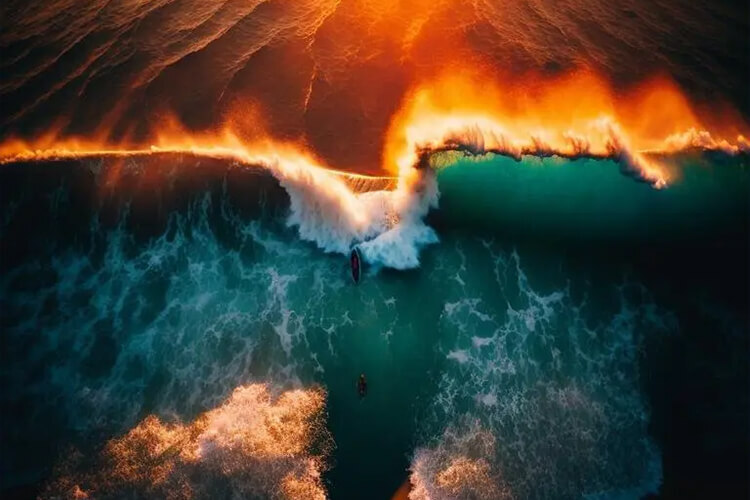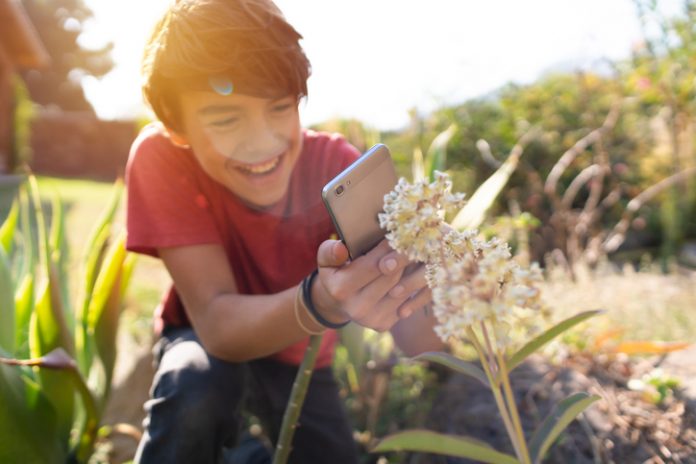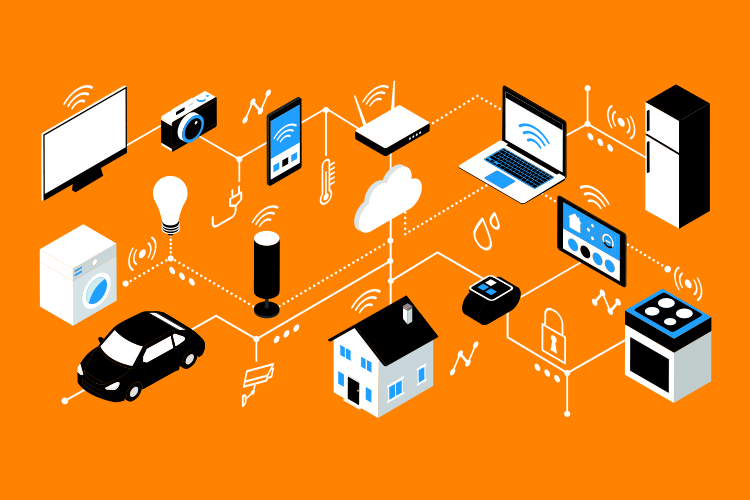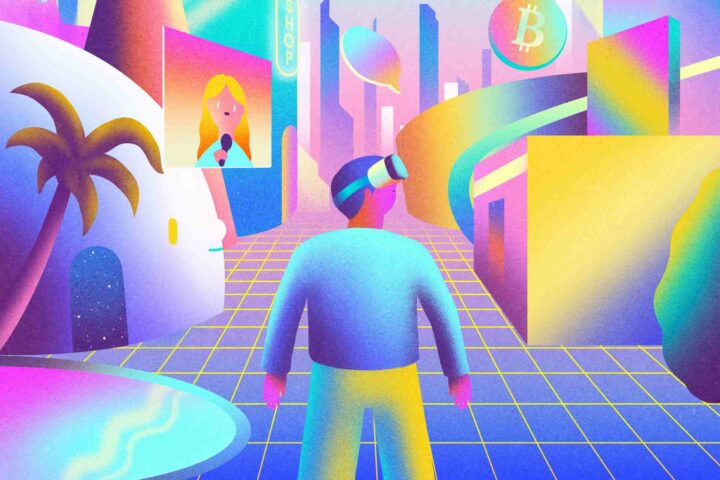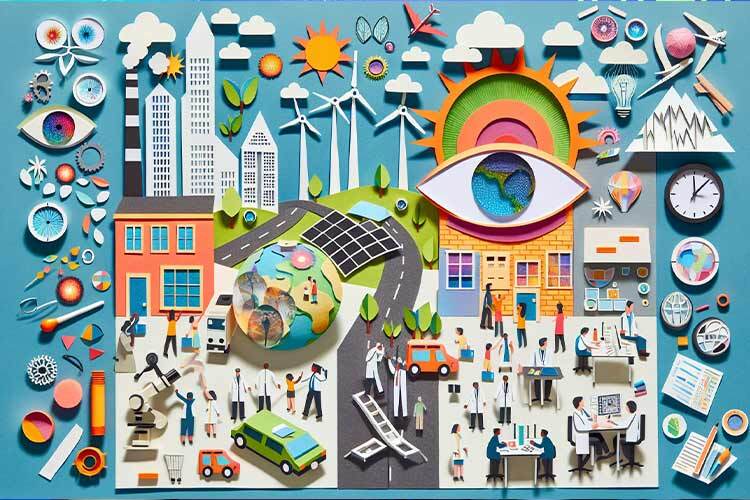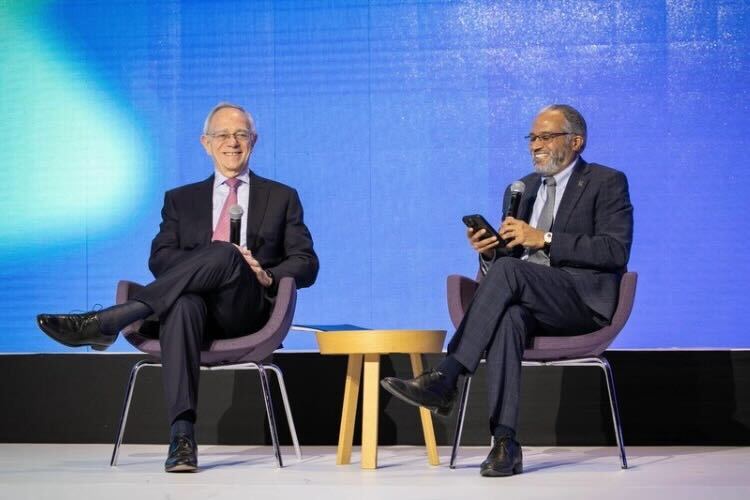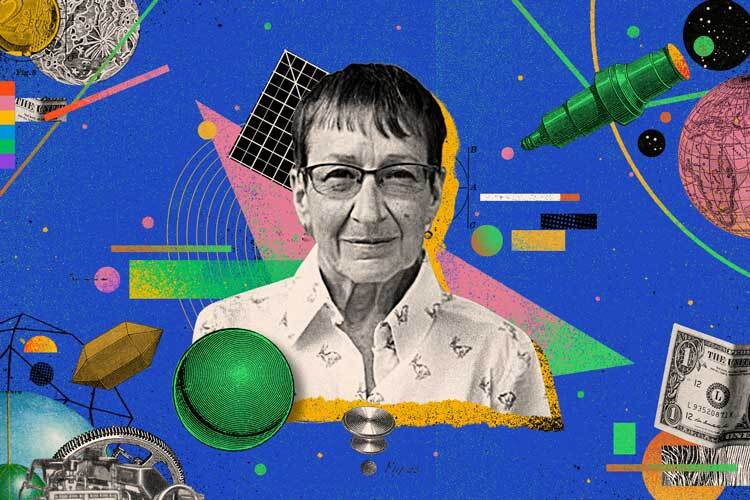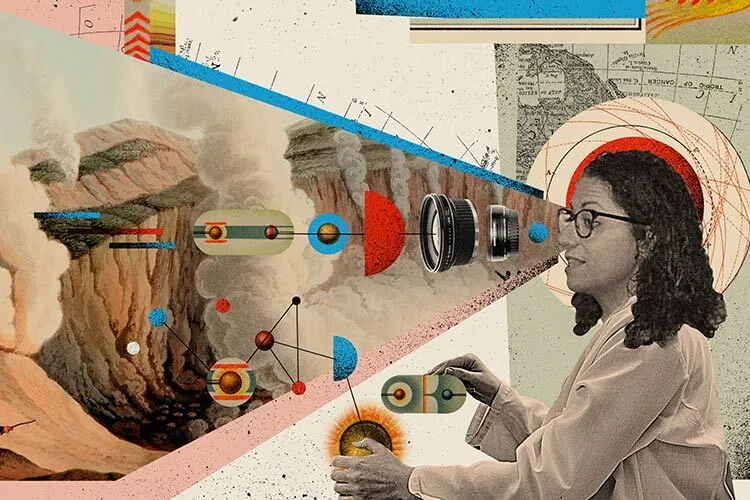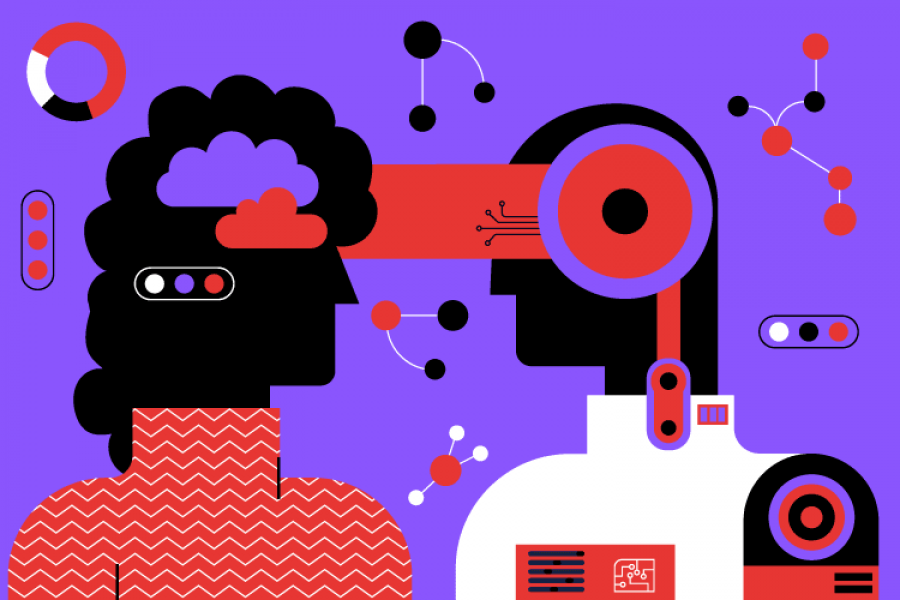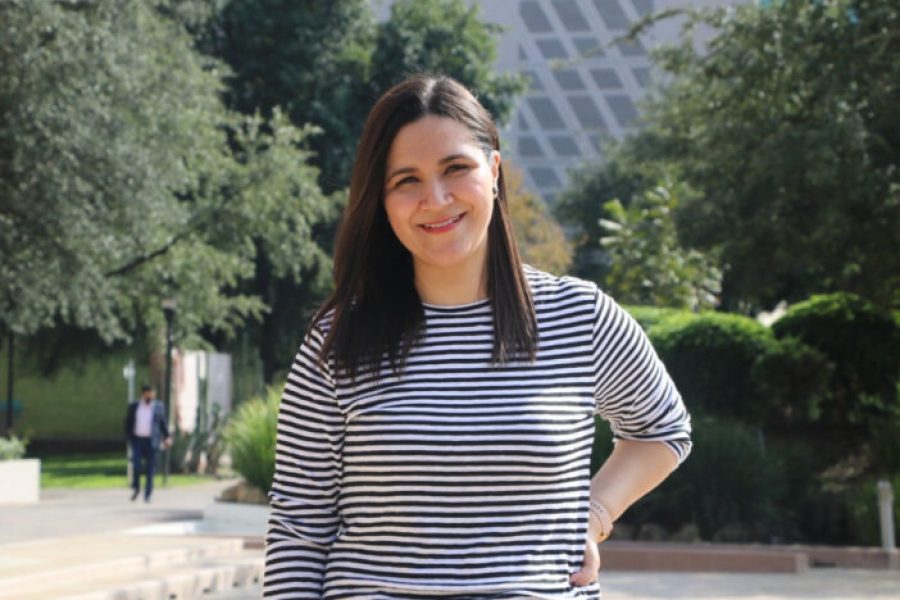A few weeks ago, an impressive photograph taken from a drone, showing two surfers on a beach, was the winner of a contest sponsored by the digiDirect company, 2023, in Australia. However, something unusual happened at the award ceremony. The contestant Jan Van Eycke was not human, but an Artificial Intelligence.
Jan Van Eycke doesn’t exist, and the photograph wasn’t real either. Everything was part of an experiment by the company Absolutely AI to demonstrate that the ability of this technology in creative work is already a capacity learned by machines.
The company that held the contest did not comment on the matter, but decided to open a new category called “Human vs Machine“, intended to reward the best images, regardless of whether they were created by a human or by Artificial Intelligence. .
Artificial intelligence generated ‘art’
Enrique Cortés, director of the Artificial Intelligence Hub of the Tec de Monterrey, says that systems like the popular Chat GPT launched by OpenAI are trained with databases.
To function, they are first given access to a source of content that already exists which is mostly created by human beings.
When a person requests an AI to create something, it takes into account previous content to generate a response that could be closer to what they are asking for.
“What a platform like Chat GPT is generating is an extension of something that has already been said and returns it to you in a way that seems to be done by a human. It’s not necessarily true or false, but it reads like a human,” he adds.
One of the concerns of this process is the legal and ethical use of those images, texts, designs, and content that the AI uses as a reference, Tec professor comments in an interview with TecScience.
How to regulate virtual creation
Cortés Rello points out that until now it is impossible to trace where that “inspiration” comes from and therefore the authors are not given credit, much less receive compensation for their work.
Although most of these companies seek to use freely accessible databases, it is necessary a mechanism to indicate the sources that the AI used to generate that content.
One more change coming with the incursion of AI in creative work is the ethics involved in using these platforms in jobs or even in educational centers such as universities.
AI use should be expressed within the creative process, and they should not be used to generate the entirety of the content, nor should their use be hidden from employers or teachers.
“You should be able to use them and say, ‘I did my first draft using AI, but then I fixed it.’ I think that’s the right thing to do, to use these tools as a support for your own creativity”, says the researcher.
Evolution of creative work
Another concern regarding the use of Artificial Intelligence in the creative field is the possibility of replacing the work carried out by photographers, bloggers, musicians, designers, and others.
Currently, there are platforms such as Soundraw that allow users to create music with AI, simply by indicating genre and mood.
Some others like DALL-E and Midjourney create images that have gone viral on social media, such as an image of Pope Francis wearing an outfit similar to that of urban artists, walking through the streets of the Vatican.
Software curation and feedback platform Capterra surveyed 185 marketing companies already using AI to create content like copywriting in ads and emails in late 2022.
82% of respondents say that AI-created content is as good or even better than human-generated content.
Even the company Microsoft announced in January 2023 that they would focus their efforts on the development of Artificial Intelligence, at the same time that they announced that they would lay off 10,000 employees.
Given the increase in these super-intelligent systems, some companies and organizations have taken measures to prevent their commercialization until an ethical and legal framework exists.
Getty Images is one of them, which has banned the commercialization of content created with Artificial Intelligence on its platform, maintaining its royalty system for those who manually create photos, videos, and illustrations.
Other companies have joined this effort such as Newgrounds, a website with animations, video games, and music, among other content.
They’re not that smart yet
AI platforms have made considerable progress yet they are not yet perfect, points out professor Cortés Rello.
Even in the image of the Australian photography contest, some elements of the photograph don’t look entirely real, so if one wanted to improve it, it would still have to go through the skillful hands of an image editing expert, he says.
The director of the AI Hub at Tec de Monterrey highlights that there will be changes, and like the industrial revolution, some jobs will be lost, in industries as well as in the creative field.
However, musicians, photographers, painters, creatives, writers, and others still have to give their final touch, and their work has not been or seems to be replaced by Artificial Intelligence.
“In a few years, everyone is going to say, ‘Now I got it,’ and AI is going to be like Excel. It is even already happening, they are already integrating Artificial Intelligence with Excel and Word. Soon we will be thinking about the next step”, Cortés Rello concludes.
